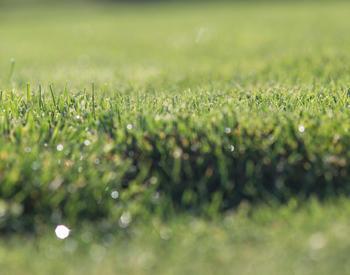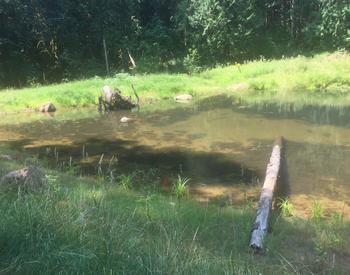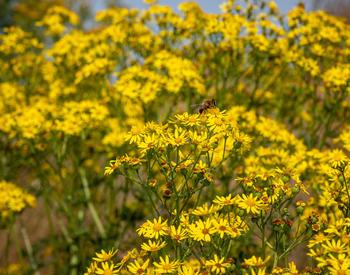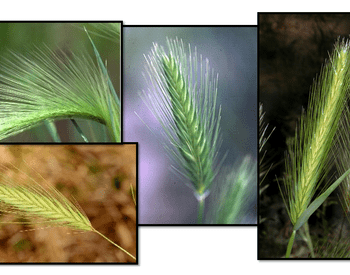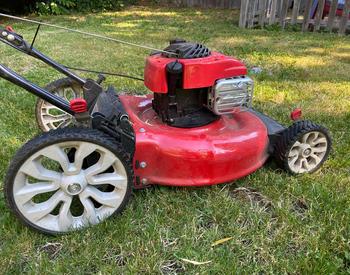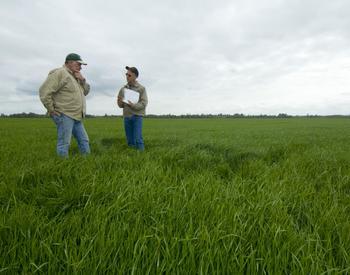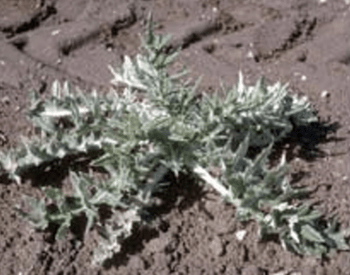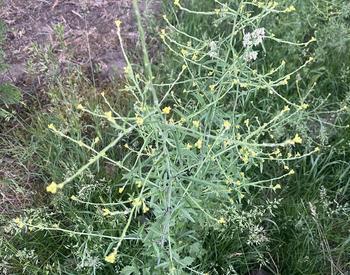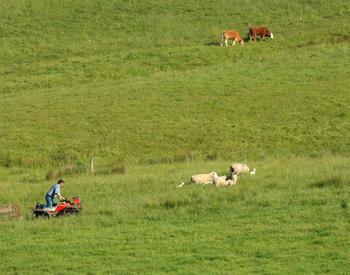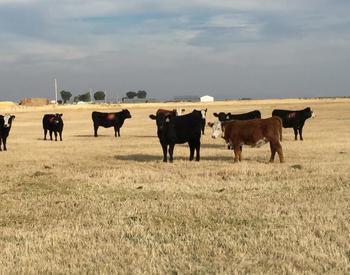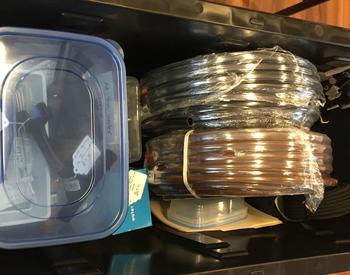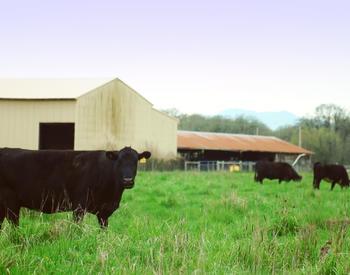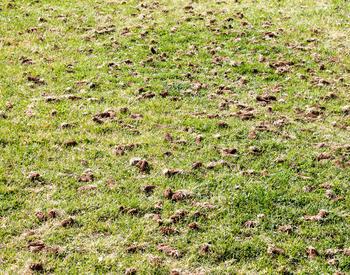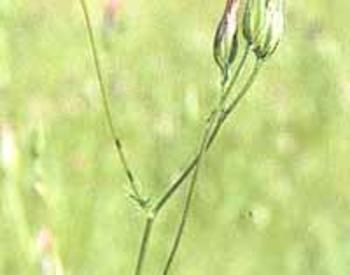CORVALLIS, Ore. – The most common method of sprucing up bare or damaged lawn in the spring is using commercial “patch-and-repair” products that typically contain a mix that features grasses that need a lot of water and fertilizer to stay green.
There’s a sustainable alternative to these high-input grasses: fine fescues.
Emily Braithwaite, a faculty research assistant in Oregon State University’s Turf Management Program, is conducting USDA-funded field trials that seek to make it easier to adopt fine fescue species in residential settings and public spaces, such as parks and schools. Braithwaite is a member of OSU’s turf research group led by Alec Kowalewski, an associate professor and Extension turf specialist.
Braithwaite presented preliminary findings from those field trials at the turf management program’s annual summer Turfgrass Field Day. More than 70 turf specialists from across Oregon and the Pacific Northwest attended the field day in August at OSU’s Lewis-Brown Farm, listening and taking notes during research updates from Braithwaite and others in the OSU turf program.
For her trials, Braithwaite mixed fine fescues with different organic ingredients, including paper-based mulch, wood chips and compost, to assess growth success. The best mulch materials this year were compost and topsoil, which performed equally well regardless of the amount of fertilizer used.
Braithwaite’s trials are funded under a Specialty Crops Research Initiative (SCRI) grant from USDA’s National Institute of Food and Agriculture.
Field day attendees also heard an update on another SCRI grant from Alyssa Cain, a master’s student in the turf program. Cain is studying how cultural practices – mowing, irrigating, fertilizing and cultivating – could lead to a decrease in herbicide applications on annual bluegrass, one of the most common weeds found in lawns, parks, and golf courses.
Herbicide resistance is a common problem in weed control – the more a weed is exposed to the herbicide the more likely future generations of the plant will begin to develop an immunity to it. Annual bluegrass herbicide resistance has become an epidemic in managed turf systems, Cain said, and millions of dollars are spent controlling annual bluegrass each year.
Alternatives to spraying the weed with chemicals to control its spread make economic sense for the turf industry. OSU is one of 16 universities across the U.S. that are experimenting with annual bluegrass control. This past summer, Cain’s greenhouse trial that found that low phosphorous fertilization rates inhibited annual bluegrass germination.
